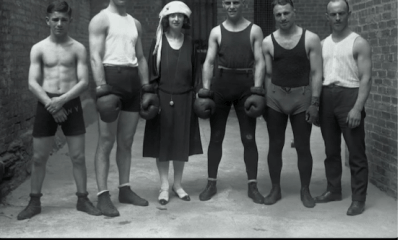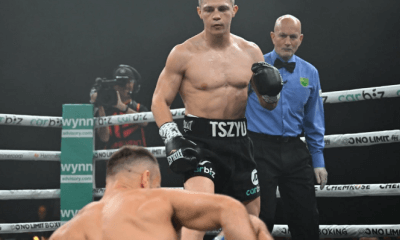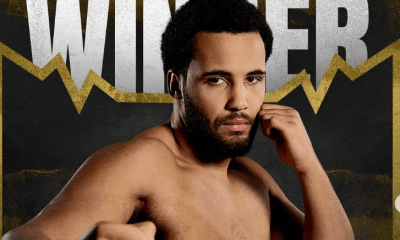Featured Articles
Avila Perspective, Chap. 75: Oscar Valdez, Carl Frampton and Heavyweights
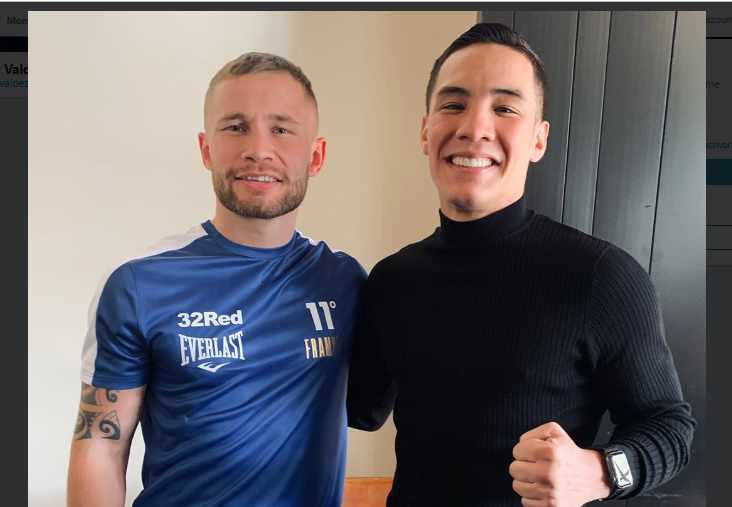
Two former featherweight champions — Oscar Valdez and Carl Frampton — dip their toes into the world of the 130-pound super featherweights, prizefighting’s deepest division.
Don’t get bit.
While Valdez (26-0, 20 KOs) meddles with Andres Gutierrez (38-2-1, 25 KOs) in a 10 round test, Northern Ireland’s Frampton (26-2, 15 KOs) tries out Tyler McCreary (16-0-1, 7 KOs) in another 10 rounder, both at the Cosmopolitan on Saturday in Las Vegas. It’s a roll of the dice that will be shown on ESPN+.
Frampton looks to become the first from his country to win world titles in three weight divisions. Not even the great Barry McGuigan could accomplish the feat.
Super featherweights have long been the litmus tests for those seeking greatness as multi-division winners. It’s a division where the men are separated from the boys and a single punch can wreck a career.
More than a few former greats passed through the super featherweight division to achieve greatness like Oscar De La Hoya, Floyd Mayweather and Manny Pacquiao. Even today the weight class has one of the deepest rosters of fighters that have a 50-50 chance of usurping any champion at any time.
Valdez, who is moving up after spending three years and six defenses as the WBO featherweight king, feels confident in delving into the talent-rich super featherweight division. He also has a new trainer in Eddy Reynoso who helped Saul “Canelo” Alvarez jump into the middleweight, super middleweight and light heavyweight divisions.
“Eddy has shown me a few things that will help me in the next weight division,” said Valdez while in L.A. “I know my opponent is tough, but I plan on putting on a show for the fans. This is my third camp with Eddy Reynoso, and it’s going great. This is an important first step towards another world title.”
Frampton stands as the other half of the super featherweight equation. Should he defeat the undefeated McCreary, it could more than likely lead to a showdown with Valdez early next year.
It’s a dream fight for the Irish fighter who’s very familiar with Mexican fighters. He had two classic battles with Los Angeles-based Leo Santa Cruz who won a version of the WBA super featherweight title last weekend in Las Vegas. On the same day, Nicaragua’s Rene Alvarado took the other WBA version away from Andrew “Chango” Cancio by knockout in Indio, Calif. Those are just two with titles. Several others hold super featherweight belts and all of them are equally talented and pose different obstacles like lanky southpaw Jamel Herring the WBO titlist, or Tevin Farmer the speedy IBF titlist. And then there’s Mexico’s Miguel Berchelt who many argue might be the best of them all.
It’s a loaded weight division and even the contenders pose danger like Mexico’s Andres Gutierrez who has almost as many knockouts as Valdez has wins. And he’s only 26 years old.
“I hope Valdez is prepared for a super featherweight war,” said Gutierrez who hails from Guadalajara. “I’m now training in Las Vegas with the professor, Ismael Salas, and ‘Memo’ Heredia. Boxing fans, get ready for a true Mexican-style battle.”
Frampton has no concerns about Valdez or Gutierrez. Not yet. He has his own dilemma with Toledo, Ohio’s McCreary.
McCreary knows all about Frampton.
“It’s an opportunity I couldn’t turn down, and I feel that every fight is a risk. This is one where, if anything, I would love to risk my undefeated record against a fighter like Frampton,” said McCreary. “A win here means a world title shot next.”
Frampton has world titles in the super bantamweight and featherweight divisions and seeks to be the first Irish fighter to claim three weight division world titles.
“It means the world to me to become the first,” said Frampton, 32, a native of Northern Ireland. “Nobody from my country has ever done it.”
The ultra-aggressive Irish fighter who handed Santa Cruz his first defeat, then was handed his first loss by Santa Cruz, confesses that the sport of boxing saved his life.
“I had many close friends that are dead or in prison,” said Frampton. “Boxing kept me from getting involved in the wrong direction.”
Weight has become an issue and Frampton believes this new weight class, though dangerous, presents an opportunity to not only win another world title but help him make history.
“It would give me a legacy as a three division world champion,” said Frampton.
It’s worth the risk.
“Carl Frampton and Oscar Valdez are great fighters moving into the next weight category,” said Top Rank’s Bob Arum. “Either fighter can be a great match with Shakur (Stevenson).”
Stevenson currently holds the WBO featherweight title recently vacated by Oscar Valdez.
Though Stevenson just captured the title with a decisive victory over Joet Gonzalez last month, Arum sees the former Olympian moving up quickly to grab another division world title. He also envisions more co-promotions with Golden Boy Promotions who promoted Gonzalez and also Lamont Roach who was recently paired against Herring.
“The more we can do that stuff, the better,” said Arum.
Heavyweights
WBC heavyweight titlist Deontay Wilder’s electrifying knockout over Luis Ortiz last weekend in Las Vegas opens the door for a return showdown with Tyson Fury. It’s slated for February 2020.
Wilder is promoted by Premier Boxing Champions and will be facing Top Rank’s Fury early next year in Las Vegas.
Top Rank and PBC normally do not mix together, but in this instance, as proven a year ago, money talks, or better still Wilder wanted the match and Wilder will get the match again.
Wilder is the big wild card in the heavyweight division. He can be matched against any of the other heavyweights and a knockout will be expected – whether it is him or the other guy. Fans simply love knockouts. If you were to survey 100 boxing fans more than 90 percent would confess to liking wins decided by a knockout over a decision. That’s Wilder’s calling card.
“I’m a knock Fury out,” said Wilder following his knockout win of Ortiz. “I’m the hardest hitting man, most devastating puncher in the history of boxing.”
That’s impossible to prove but he very well could be today’s most powerful punching heavyweight. No doubt about it.
A match between Wilder and Fury could be the opening of a relationship between PBC and Top Rank. That could set the table for a future match between Terence Crawford and any of the many welterweights in the PBC kingdom like Danny Garcia, Shawn Porter, Keith Thurman, Manny Pacquiao or Errol Spence Jr. if he can recover from his recent injuries from a car accident. That indeed would make Wilder a man of influence.
Next week another heavyweight world title clash takes place when Chicano heavyweight Andy Ruiz puts the WBA, WBO and IBF titles up for grab when he faces former champion Anthony Joshua in a rematch. It happens next Saturday, Dec. 7, in Saudi Arabia.
If Ruiz wins again, then it’s almost guaranteed that he would fight the winner of Wilder-Fury later in 2020. Both fight under PBC. If Joshua wins, a fight could be made but it’s not a guarantee.
Wilder is holding all the cards now. He’s got a full house but is looking for the Royal Flush.
Fights to Watch
Sat. Nov. 30 DAZN 11 a.m. Cecilia Braekhus (35-0) vs Victoria Bustos (19-5); Radzhab Butaev (12-0) vs Alexander Besputin (13-0)
Sat. Nov.30 ESPN+ 7 p.m. Oscar Valdez (26-0) vs Andres Gutierrez (38-2-1); Carl Frampton (26-2) vs Tyler McCreary (16-0-1); Carlos Adames (18-0) vs Patrick Teixiera (30-1).
Check out more boxing news on video at The Boxing Channel
To comment on this story in The Fight Forum CLICK HERE
-

 Featured Articles4 weeks ago
Featured Articles4 weeks agoThe Hauser Report: Zayas-Garcia, Pacquiao, Usyk, and the NYSAC
-
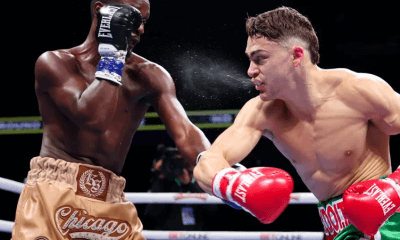
 Featured Articles3 weeks ago
Featured Articles3 weeks agoOscar Duarte and Regis Prograis Prevail on an Action-Packed Fight Card in Chicago
-
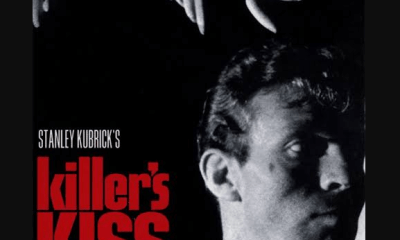
 Featured Articles2 weeks ago
Featured Articles2 weeks agoThe Hauser Report: Cinematic and Literary Notes
-
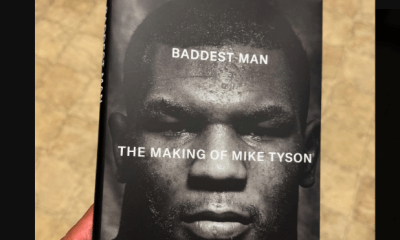
 Book Review2 weeks ago
Book Review2 weeks agoMark Kriegel’s New Book About Mike Tyson is a Must-Read
-

 Featured Articles4 weeks ago
Featured Articles4 weeks agoRemembering Dwight Muhammad Qawi (1953-2025) and his Triumphant Return to Prison
-
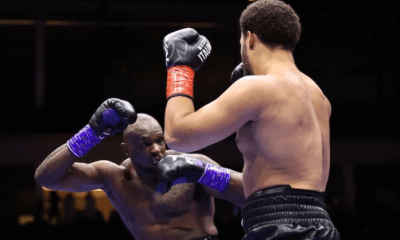
 Featured Articles6 days ago
Featured Articles6 days agoMoses Itauma Continues his Rapid Rise; Steamrolls Dillian Whyte in Riyadh
-
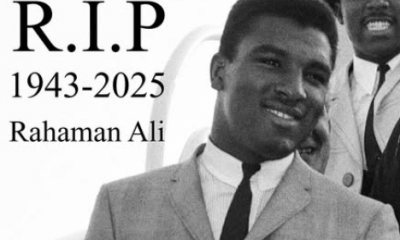
 Featured Articles3 weeks ago
Featured Articles3 weeks agoRahaman Ali (1943-2025)
-

 Featured Articles3 weeks ago
Featured Articles3 weeks agoTop Rank Boxing is in Limbo, but that Hasn’t Benched Robert Garcia’s Up-and-Comers




